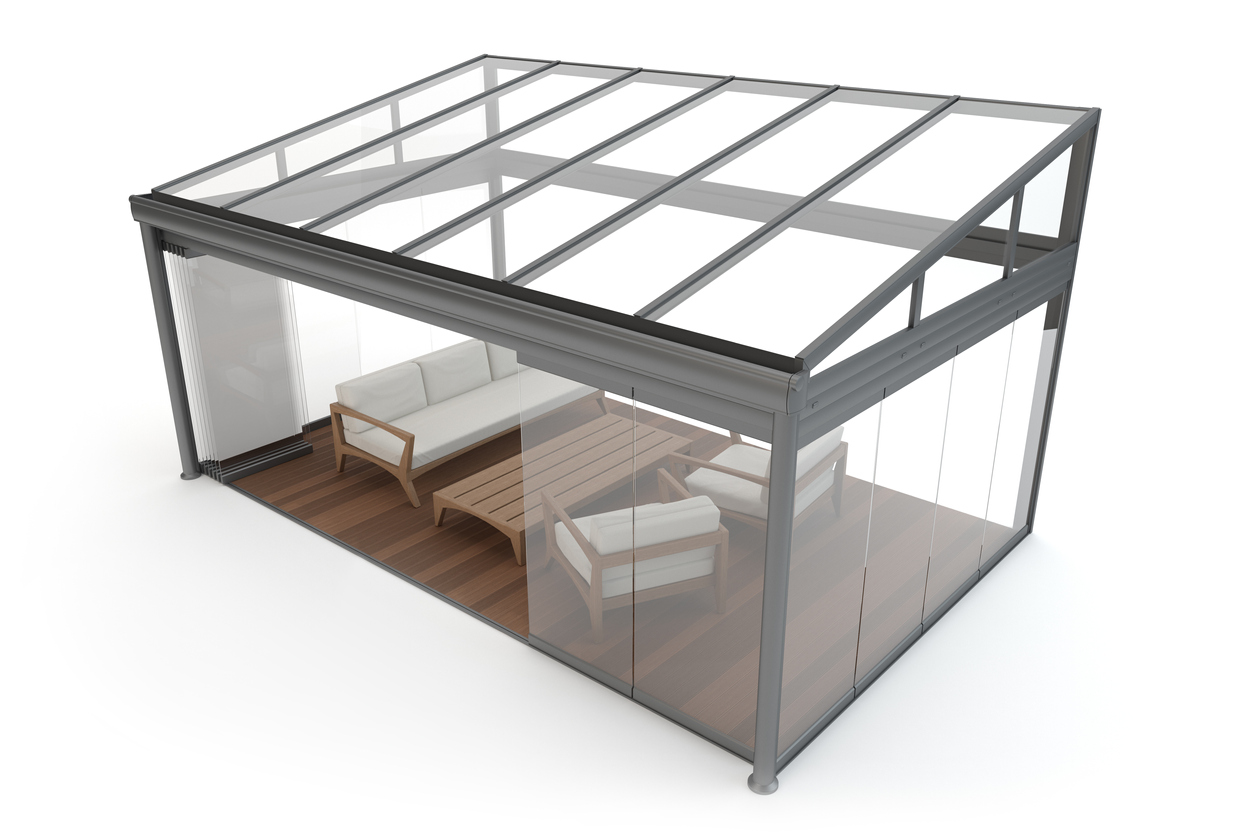Embracing Adaptive Luxury: The Rise of Convertible Furniture in High-End Homes
In an era where adaptability meets opulence, a new trend is reshaping the landscape of luxury living. Convertible furniture, once associated with space-saving solutions for modest apartments, has undergone a remarkable transformation. Today, it graces the most prestigious homes, offering a seamless blend of functionality and extravagance. This innovative approach to interior design is not just about practicality; it's a statement of sophisticated versatility that's capturing the imagination of elite homeowners and renowned designers alike.

However, the luxury market long resisted this trend, equating opulence with expansive, single-purpose furnishings. The turning point came in the early 2000s when innovative designers began reimagining convertible furniture not as a compromise, but as a canvas for creativity and engineering prowess. This shift coincided with a growing appreciation for minimalism and functionality among the affluent, paving the way for high-end adaptable pieces.
Masterpieces of Metamorphosis
Today’s luxury convertible furniture is a far cry from its humble predecessors. These pieces are engineering marvels, often crafted by world-renowned designers and artisans. Take, for example, the “Origami Table” by a leading Italian design house. At first glance, it’s an elegant dining table for ten, but with a series of graceful movements, it transforms into a compact console, its surface folding like the art form it’s named after.
Another standout is the “Chameleon Sofa,” a modular masterpiece that can be reconfigured into various seating arrangements, from a traditional three-seater to a sprawling sectional, or even separate armchairs. Each module is upholstered in hand-stitched leather, with a frame of aerospace-grade aluminum for unparalleled strength and lightness.
The Psychology of Adaptable Spaces
The appeal of high-end convertible furniture goes beyond mere functionality. It taps into a deeper psychological desire for control and flexibility in one’s environment. Luxury homeowners are increasingly valuing spaces that can adapt to their moods and needs, rather than static environments that dictate use.
This trend reflects a broader shift in how we perceive luxury. No longer is it solely about ostentation; today’s affluent consumers seek experiences and objects that offer both beauty and purpose. Convertible furniture in this context becomes a symbol of intelligent living, where every element serves multiple roles without sacrificing aesthetic appeal.
Technological Integration: The Smart Revolution
As the Internet of Things (IoT) continues to permeate every aspect of our lives, luxury convertible furniture is not being left behind. We’re seeing the emergence of pieces that not only change shape but also integrate advanced technology seamlessly.
Imagine a dining table that transforms into a workstation, complete with built-in charging ports, adjustable lighting, and a retractable 4K display. Or consider a bed that morphs into a home gym, with resistance bands and a digital trainer embedded in the headboard. These aren’t futuristic concepts, but realities in today’s high-end homes.
Sustainability Meets Luxury
Contrary to the perception of luxury as wasteful, the trend of high-end convertible furniture aligns with growing environmental consciousness among affluent consumers. By investing in pieces that serve multiple functions, homeowners reduce the need for excess furniture, ultimately lowering their carbon footprint.
Moreover, many luxury brands are incorporating sustainable materials and practices into their convertible designs. Reclaimed woods, recycled metals, and innovative eco-friendly fabrics are being used to create pieces that are as kind to the planet as they are pleasing to the eye.
Designing for Fluidity: The Challenge for Architects
The rise of luxury convertible furniture is posing new challenges and opportunities for architects and interior designers. Spaces must now be conceived with flexibility in mind, allowing for the seamless transformation of rooms throughout the day.
This has led to innovations in home design, such as movable walls, hidden storage solutions, and integrated technology systems that work in harmony with convertible furnishings. The result is homes that feel spacious and uncluttered, yet have the capacity to serve multiple functions without compromise.
The Future of Adaptive Luxury
As we look to the future, the trajectory of luxury convertible furniture seems boundless. We’re likely to see even more integration of artificial intelligence, allowing furniture to predict and adapt to users’ needs automatically. Imagine a living room that reconfigures itself based on the time of day, number of occupants, or even the mood of those present.
There’s also potential for personalization on an unprecedented scale. With advancements in materials science, we might soon see furniture that can change not just its shape, but its color, texture, and even scent to suit the owner’s preferences.
Embracing the Change
The rise of convertible furniture in luxury homes represents more than just a trend; it’s a paradigm shift in how we think about our living spaces. It challenges the traditional notions of luxury, proving that adaptability and opulence are not mutually exclusive.
For homeowners, designers, and architects alike, this movement offers exciting possibilities to create spaces that are not only beautiful but also intelligent and responsive. As we continue to redefine luxury for the modern age, convertible furniture stands as a testament to the enduring human desire for both beauty and ingenuity in our everyday lives.





